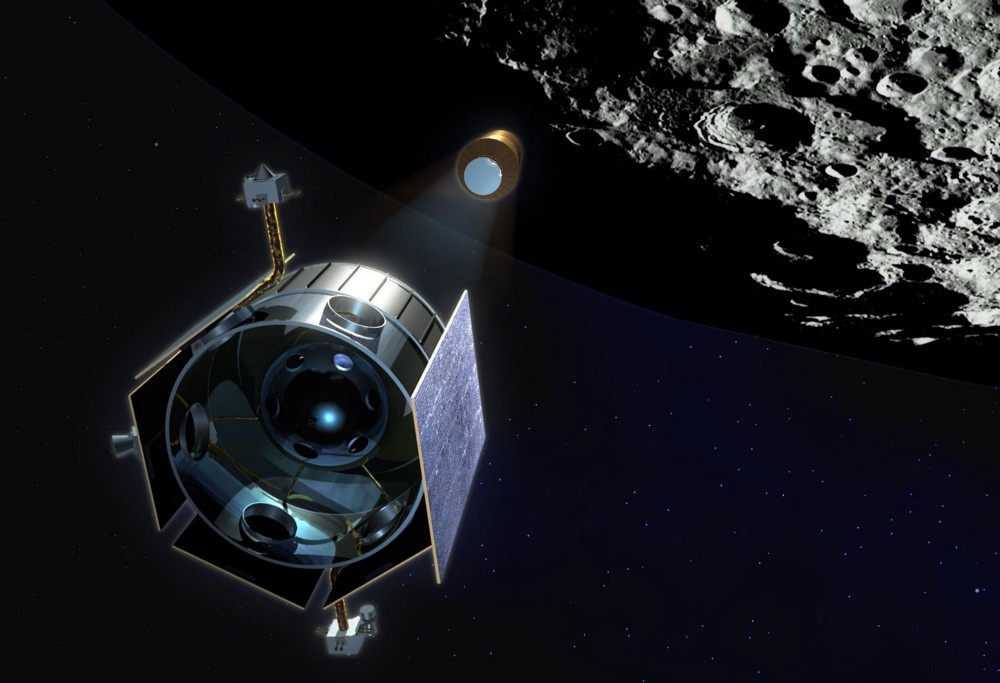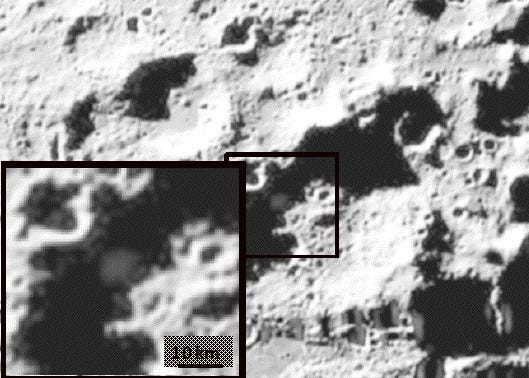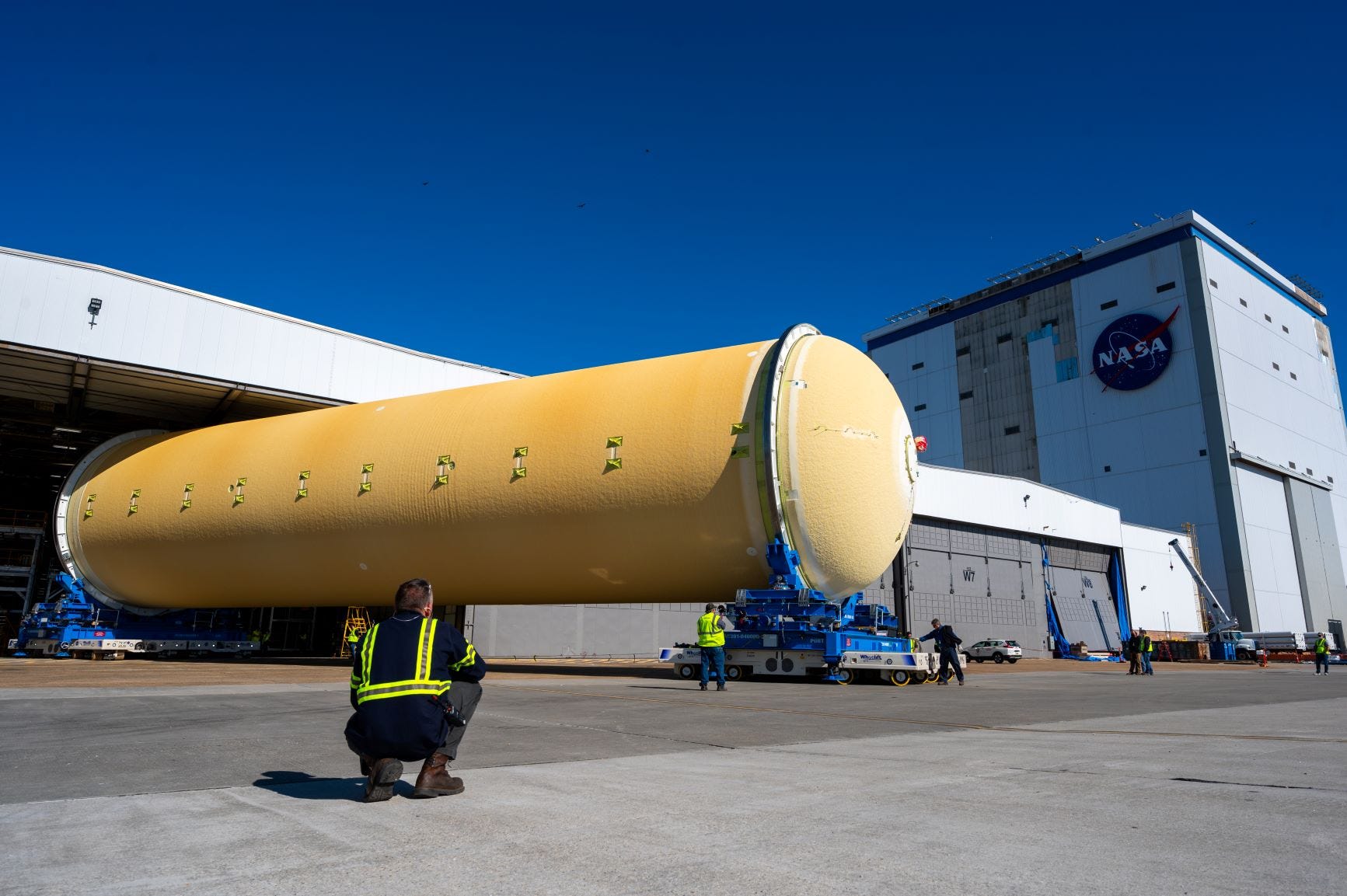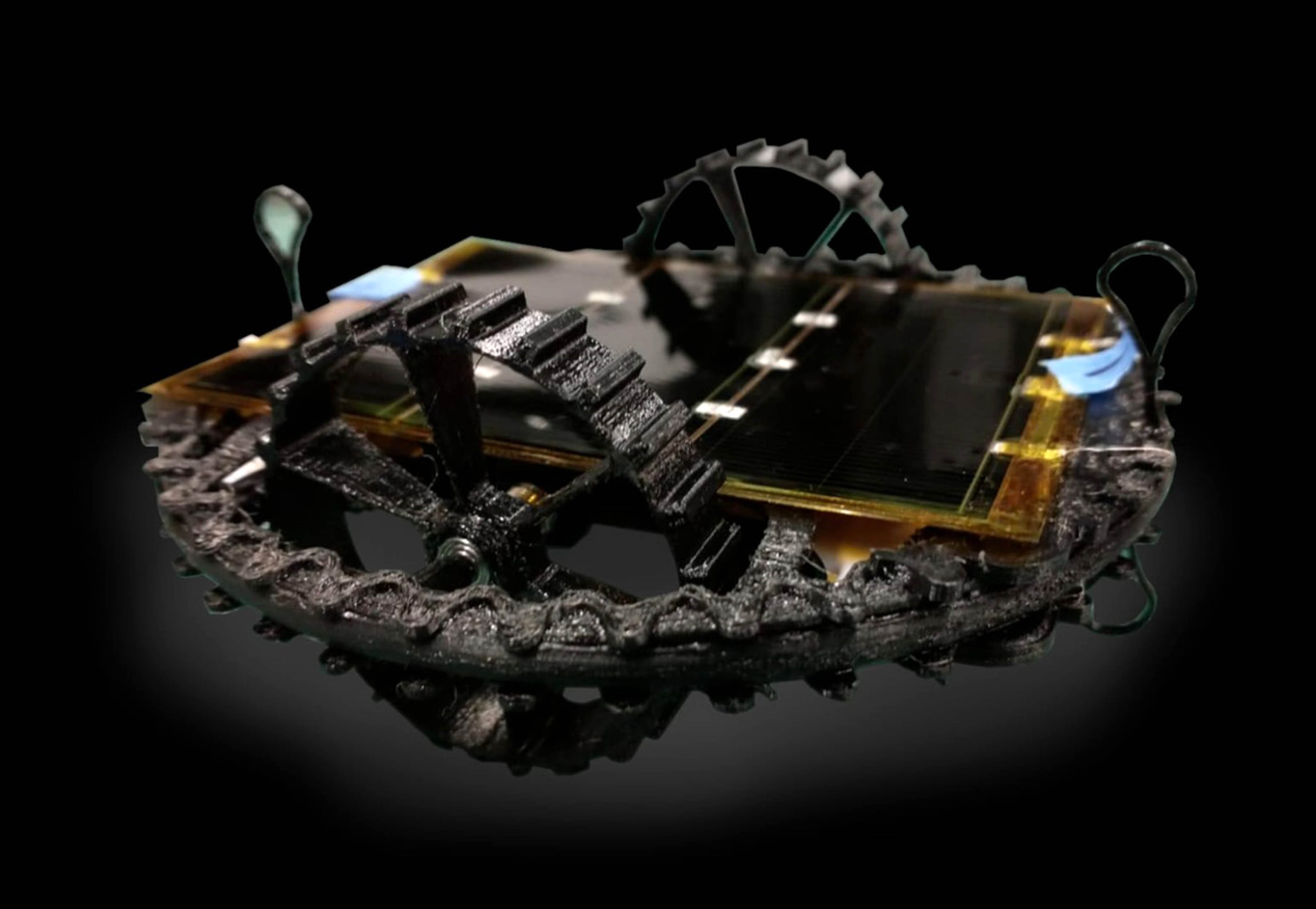Moon Monday Issue #64
Where the Moon's water (mostly) doesn't come from; details on Japanese-Indian LUPEX rover mission; Mexico's rovers to be onboard Astrobotic's lunar lander this year, and more lunar updates.
Highlight & Science
In a matter of years at the end of the first decade of this century, we went from discovering water on the Moon to putting lower bounds on the amount it hosts. Soon after, scientists shifted focus to nailing down exactly where the Moon’s water and volatiles come from and how so. Two more notable developments transpired this week along those lines.
1. Not many volatiles from lunar volcanoes
In 2009, the NASA LCROSS spacecraft’s upper stage deliberately impacted one of the permanently shadowed regions on the Moon’s south pole. The other half of LCROSS followed, and detected 155 kilograms of water and other volatiles in the plume kicked up by the crash. In a new study, researchers analyzed the abundance of key volatile elements LCROSS detected to determine how likely is it for them to be sourced from comets, volcanoes, micrometeorites, and the solar wind.


Ratios of the detected volatile elements suggested that they weren’t a result of past volcanic outgassing on the Moon i.e. they didn’t come from the Moon’s interior. This implies that the first few meters of Moon’s polar surface is likely younger than a billion years, much younger than previously thought. The elemental ratios instead were a best match for comets, based on similar measurements of comet 67P by ESA’s Rosetta spacecraft. Effects from micrometeorites bombarding the lunar surface seem to be the second major source of volatiles.
The significance of this result isn’t what it suggests are the sources of lunar volatiles but that it categorically rules out volcanoes being a major source. A related study from last year supports this result, which found that even the temporary atmosphere created when the Moon was most volcanically active over 3 billion years ago was likely inefficient in transferring and depositing lots of volatiles to permanently shadowed regions on the poles.
2. LUPEX rover
We now have early details on the joint Japanese-Indian LUPEX rover mission to explore the nature of water ice and other volatiles on the Moon’s poles. We knew previously that JAXA is building the mission’s 350-kilogram rover, and ISRO the lander to deliver LUPEX to the Moon’s south pole. A talk by ISRO scientist S. Megala at the 21st (Indian) National Space Science Symposium reveals juicier details from the mission’s ongoing initial study phase.

The LUPEX rover, launching post-2023, will have both Indian and Japanese instruments—chiefly a drill and a bunch of complimentary spectrometers—to study the nature, amount and accessibility of water ice in its landed region between 89-90ºS, making the mission similar to NASA’s VIPER rover. LUPEX will explore its landed region for at least six months, and likely venture into permanently shadowed regions a few hundred meters across. While the instruments will be finalized in the next mission development phase starting in April, a ground penetrating radar and a thermal probe are key instruments being considered, both of which VIPER doesn’t have. Findings from them would thus nicely complement results from VIPER. Here’s a PDF of mission slides from the talk.

Slides: Early details on LUPEX mission3.72MB ∙ PDF fileDownloadDownload
Megala also hinted that ISRO is considering making its next Moon mission, the one after LUPEX, to be a sample return one. They’re currently internally referring to it as Chandrayaan 5, meaning LUPEX is considered Chandrayaan 4.
Exploration
NASA continues to prepare the fully stacked SLS rocket ahead of its Artemis I mission launch this April or May to send an uncrewed Orion spacecraft around the Moon and back. Last week, engineers installed the flight termination system and started the first of its two tests. The system’s second text will be after the rocket’s fueling and defueling rehearsal in late March, for which preparations are also ongoing.
In the meanwhile, hardware for the Artemis II mission in 2024, which will carry astronauts around the Moon, is progressing. The SLS rocket’s core stage for the mission is approaching its full assembly. Engineers will soon join the roughly 40-meter liquid hydrogen tank with the roughly 20-meter forward assembly, the latter of which consists of the forward skirt, intertank, and and liquid oxygen tank. This will complete assembly of majority of the core stage’s structure, with the last remaining engine section to follow.

The NASA-funded $10 million CAPSTONE spacecraft, built by Advanced Space, will launch in the first half of this year to prove the feasibility of the unique fuel-saving elliptical lunar orbit that the NASA-led Gateway space station will be in later in the decade. CAPSTONE’s team will also collaborate with the NASA LRO team to have both spacecraft communicate with each other and demonstrate autonomous navigation in lunar orbit, a capability key to efficient operations when many spacecraft will be around the Moon in the near future. It turned out last week that Advanced Space has entered into an agreement with the U.S. Air Force to share orbital data collected by the spacecraft. Here’s what the press release says (emphasis mine):
The opportunity to analyze data retrieved from the mission will be beneficial for future mission design and navigation strategies for defense and other customers.
Astrobotic’s first lunar lander, launching later this year as part of NASA’s CLPS program, will deploy five tiny autonomous rovers collectively called COLMENA, representing Mexico’s first Moon mission. Weighing about 60 grams and spanning 12 centimeters across each, they really are tiny. COLMENA aims to demonstrate how such small robots working in tandem can survive and navigate the harsh lunar environment. COLMENA is developed by the Space Instrumentation Laboratory (LINX) at the National Autonomous University of Mexico, with support from the Mexican Space Agency.
(Thanks to Yazmín for helping me with the content and translation of the official statement.)

It’s been interesting to see Mexican entities forge international partnerships for lunar exploration. Another notable example from last year is the collaboration on lunar resource extraction technologies between the Mexican Space Agency, the Mexican startup Dereum Labs and Airbus. Dereum is developing swarms of modular rovers to map lunar resources whereas Airbus is making technologies to extract and covert those resources using its ROXY system. This collaboration is part of Mexico’s new In-Situ Resources Utilisation (ISRU) program to indigenously develop said technologies.
More Moon?
Long-time readers of Moon Monday may have noticed that lately I’ve been trying to provide more context for major news items. It does mean lengthier reporting for some developments but (I hope) it also helps you clearly see how multiple related events unfolded over time. Relatedly, when I asked for feedback on Moon Monday late last year, a common voice was that the issues are slightly longer than people would like. So to balance length and context, I’ve decided that instead of making each news item too brief, I’ll omit mentioning some really small developments entirely.
Do you like it this way? If not, why not? Thoughts?
Thank you Pratik Mhatre for supporting me and powering this edition of Moon Monday.
Everyone, I’m publishing this one-of-a-kind Moon exploration newsletter for free, with no ads. And it will stay that way. If you like my work, support me to keep it going.
